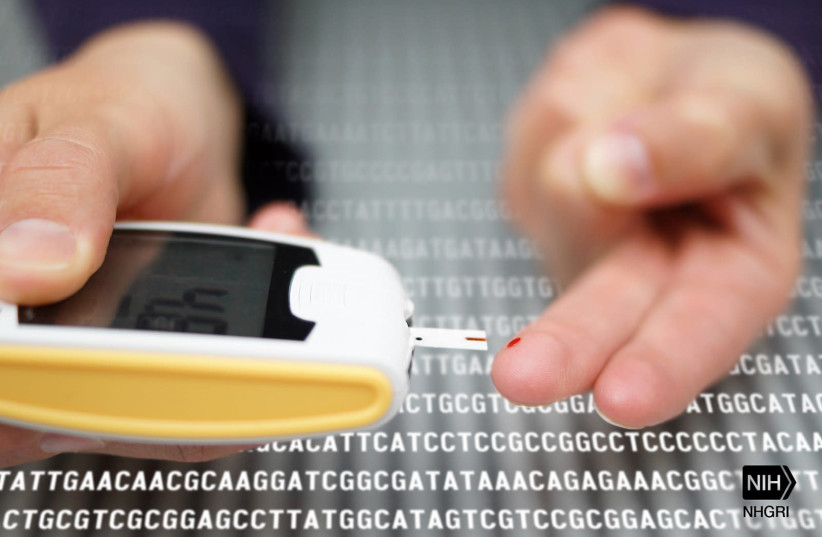Even people who have a major genetic or other risk of developing type-2 diabetes can significantly lower it by adopting moderate-to-vigorousphysical activity as a way of life, according to a new Australian study published in the British Journal of Sports Medicine. Diabetes is a global public health concern, as there are 540 million adults living with it around the world and many others who have it but have not yet been diagnosed.
The study, entitled “Accelerometer-measured intensity-specific physical activity, genetic risk and incident type 2 diabetes: a prospective cohort study,” involved 60,000 adults from the UK Biobank who wore accelerometers (activity trackers worn on their wrist) at the start of the study and were then followed for up to seven years to track health outcomes.
The UK Biobank is a large-scale biomedical database and research resource containing anonymous genetic, lifestyle and health information from half a million participants in the UK. It included genetic markers linked with a higher risk of developing type-2 diabetes. People with a high genetic risk score had 2.4 times the risk of developing diabetes when compared with those with a low genetic risk score.

74% lower risk of developing type-2 diabetes
The study showed more than an hour of moderate- to vigorous-intensity physical activity per day was associated with a 74% lower risk of developing type-2 diabetes when compared with participants who did less than five minutes of daily physical activity. This was even when other factors including genetic risk were accounted for.
Another compelling finding was that participants with a high genetic risk but who were in the most physically active category, actually had a lower risk of developing diabetes when compared with those with a low genetic risk but who were in the least active category.
Senior author Prof. Melody Ding, whose sixtyish father was recently diagnosed with diabetes, said that although the role of genetics and physical activity in the onset of type 2 diabetes is well established, until now most data was self-reported, and there was little evidence whether the genetic risk could be counteracted by physical activity.
“We are unable to control our genetic risk and family history, but this finding provides promising and positive news that through an active lifestyle, one can ‘fight off’ much of the excessive risk for type-2 diabetes,” she said, adding that moderate-intensity physical activity describes movements that get you sweating and slightly out of breath, such as brisk walking and general gardening. Examples of vigorous- intensity physical activity include running, aerobic dancing, cycling uphill or at a fast pace and heavy gardening such as digging – all of which make you out of breath or cause you to breathe heavily.
“My dad’s side of the family has a history of type-2 diabetes, so the result of the study is extremely heartening for my family and myself. As an already active person, I now have extra motivation to keep this active lifestyle,” said Ding. “Our hope is that this study will inform public health and clinical guidelines so that it can help chronic disease prevention for health professionals, organizations and the public.” “I am so delighted to share our research results with a broad audience to let people know that physical activity is health-enhancing, especially for people with high genetic risk. If you have a family history of type 2 diabetes, or even if you don’t, today is the day to start being physically active,” concluded doctoral candidate Mengyun (Susan) Luo, who led the study.
